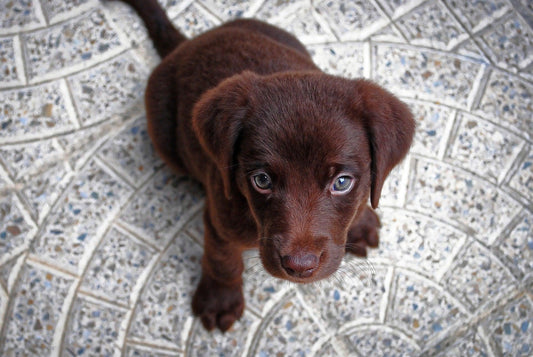History
The Catahoula Leopard Dog, also known as the Catahoula Cur, originated in the United States, specifically Louisiana. The breed was bred by local indigenous people to aid in herding livestock, hunting and protection. The breed got its name from the Catahoula Parish in Louisiana, where the breed originated.
The breed originated from a mix of European and Native dogs. The influence of the Spanish mastiff, bloodhound, greyhound and local Indian dogs contributed to the development of the Catahoula. Over the years, the breed has adapted to the harsh terrain and conditions of Louisiana, making it a unique and resilient breed.
Character
The Catahoula Leopard Dog is an intelligent and courageous dog known for its independence and protective demeanor. They are loyal and devoted to their owner and family. Although they are strong-willed, they are highly trainable and need a lot of mental and physical challenges.
The breed is very alert and watchful by nature, making it an excellent watchdog. They are also excellent hunters and have a well-developed hunting instinct. Their protective nature means they can be wary of strangers and other dogs at times, but can get along well with children and other pets if properly socialized.
Health
In general, the Catahoula Leopard Dog is a healthy breed with a lifespan of about 10-14 years. However, as with any breed, some health issues can arise.
The breed can be prone to hip dysplasia, eye problems and skin problems. It's important to schedule regular visits to the vet and keep a close eye on their health.
Care
The Catahoula Leopard Dog has an easy-care coat. All it takes is weekly brushing to remove dead hairs. They also need regular exercise to stay fit and burn off energy.
Their protective nature and intelligence require regular training and socialization. They need high mental and physical stimulation to avoid boredom and unwanted behavior. Playing with toys regularly and teaching them new tricks and commands can help keep their minds occupied.




